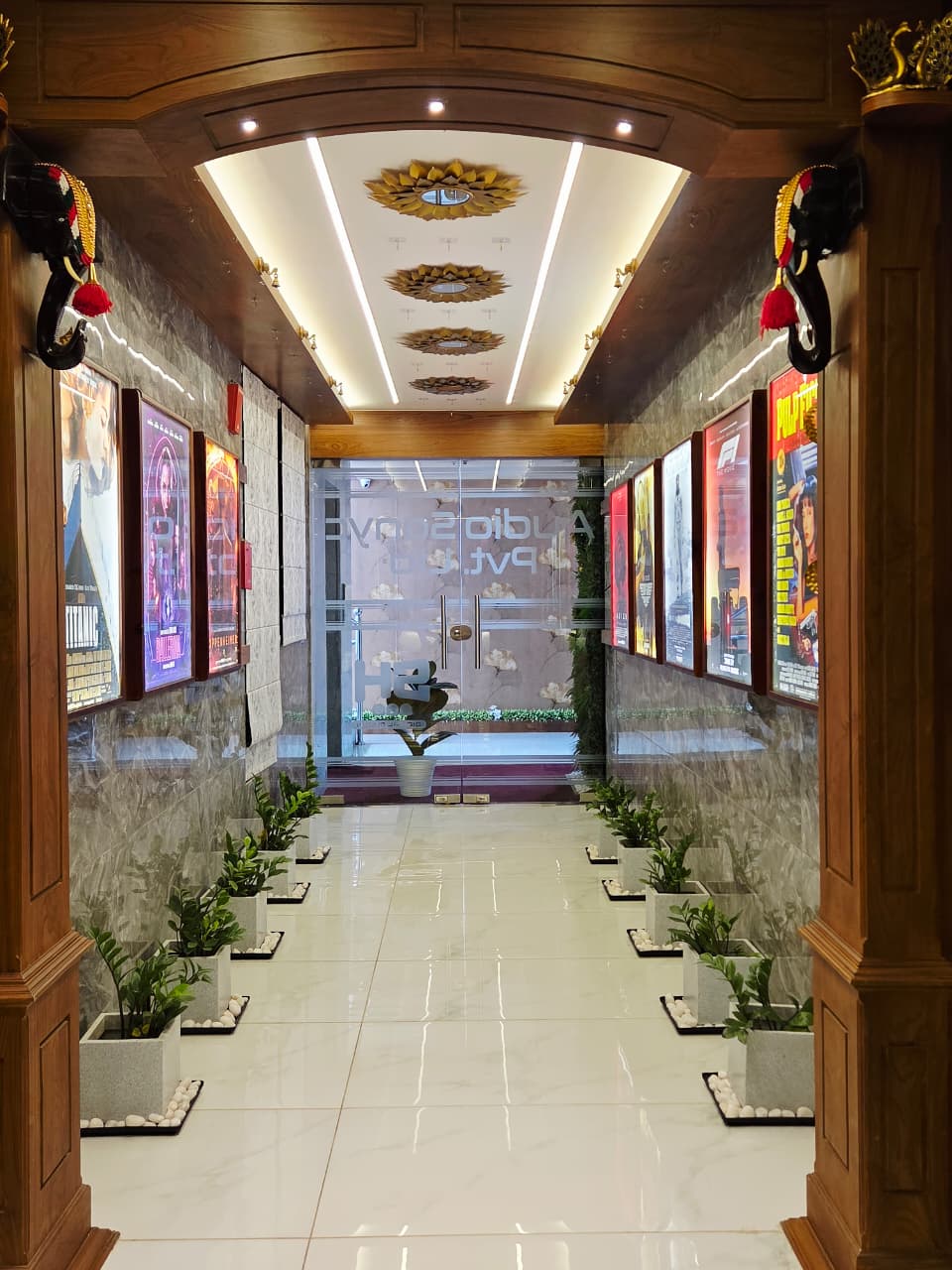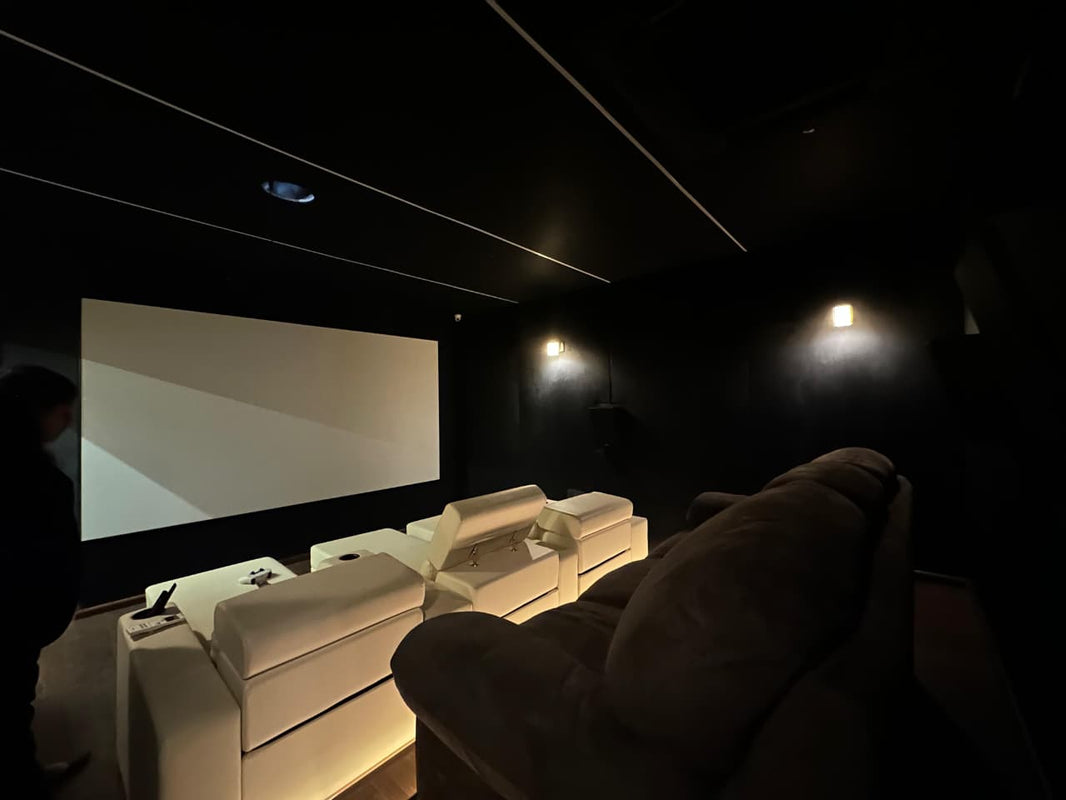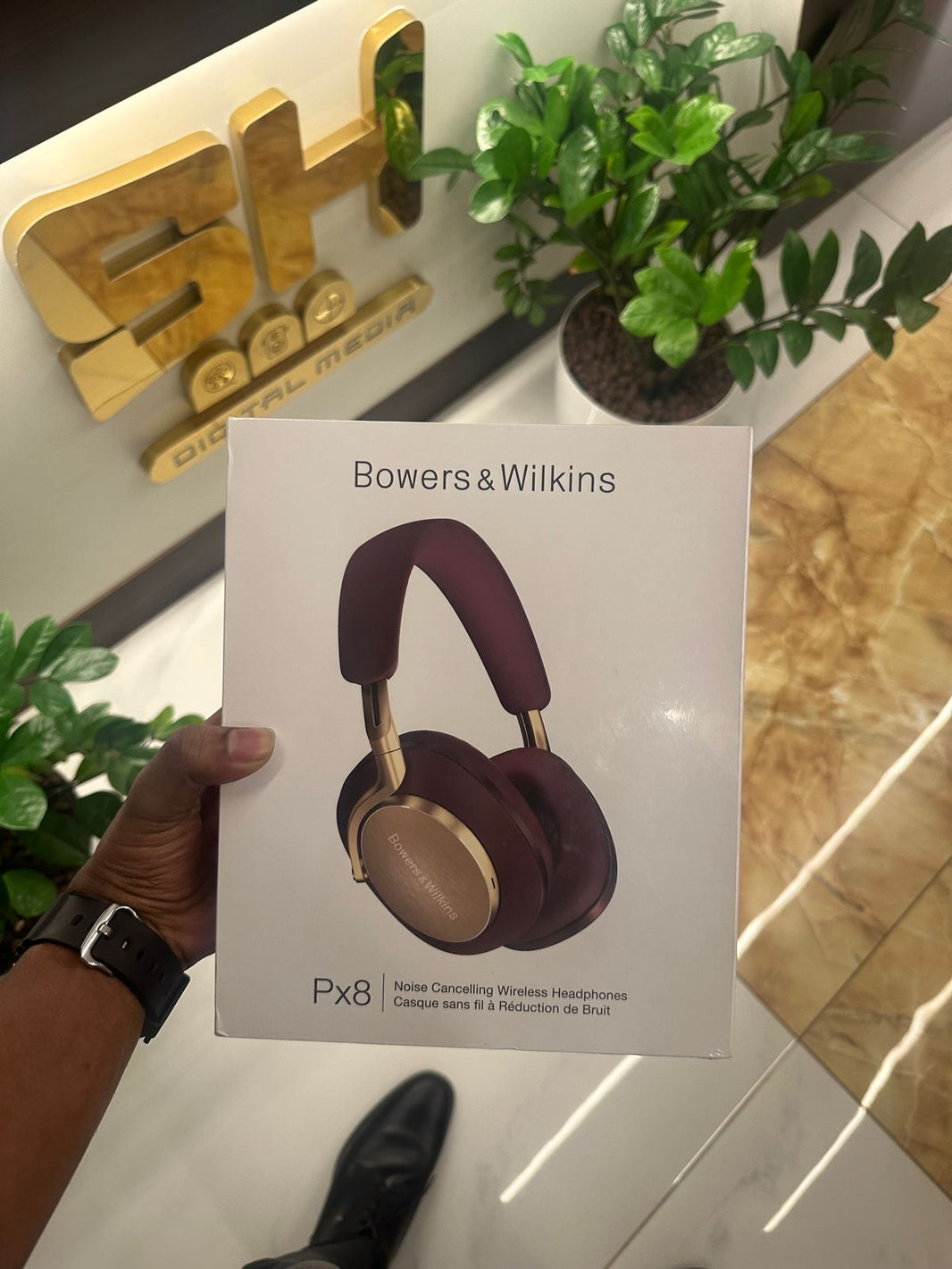Why This Blog Matters
As someone deeply involved in helping clients build their dream entertainment spaces through SH Digital Media, I’ve seen first-hand how exciting the idea of a home theatre can be and how quickly things can go wrong with just a few missteps. A home theatre isn’t just about adding a big screen and speakers to a room. It’s about building an immersive environment where every sound, every frame, and every moment comes alive. This blog isn’t a sales pitch it’s an honest attempt to educate you before you invest your hard-earned money. These are the 7 most common mistakes people make when setting up their home theatre and how you can avoid them with confidence.
Choosing the Wrong Screen Size or Placement
Let’s start with one of the most frequent issues I encounter: screen size and placement. Many people assume that a bigger screen automatically equals a better experience, but that's not always true. If your screen is too large for the space, it can cause eye strain or make the visuals overwhelming. Too small, and the content loses impact. A good rule of thumb is to keep the screen size about 1.5 to 2.5 times the distance from where you’ll be seated. And it's not just about size placement is equally crucial. Avoid placing the screen near windows or light sources that create glare. Ideally, your screen should be positioned at eye level and centered with your seating arrangement to ensure a truly immersive experience. At SH Digital Media, we help clients evaluate room dimensions before recommending screen sizes or types, making sure it's the perfect fit not just a flashy one.
Poor Room Acoustics and Speaker Placement
What many people don’t realize is that the room itself plays a huge role in audio performance. Hard surfaces like tiled floors and bare walls reflect sound, leading to echoes and muffled dialogue. Soft furnishings, on the other hand curtains, carpets, acoustic panels absorb sound and enhance clarity. This is why acoustics should be a top consideration when setting up your home theatre. But acoustics alone won’t save you if your speakers are poorly positioned. I’ve seen people mount them in corners, place them behind furniture, or install them at the wrong height. The result? Unbalanced sound, distorted audio, and a flat experience. Ideally, speakers should be at ear level for front sound, and slightly above for surround channels. We also recommend using speaker brackets to angle them correctly toward your main seating area. At SH Digital Media, we always start with an acoustic analysis to guide speaker placement, ensuring sound is not just heard but felt.
Improper Lighting and Viewing Angles
Lighting is another aspect that is often overlooked. Picture this you're watching a thriller, and just when the tension peaks, the reflection of your ceiling light cuts across the screen. Instant distraction. Harsh lighting can ruin the viewing experience, just like poor viewing angles can make even the best screen look underwhelming. Your screen should be placed at the right height eye level when seated and your room should have soft, dimmable lighting to mimic the feel of a real theatre. We often recommend smart lighting solutions that can be adjusted with a remote or app, allowing you to set the perfect mood for every film. This combination of good lighting and correct viewing angles ensures your eyes stay comfortable, and your attention remains on the story not the surroundings.
Skipping Calibration of Audio and Video Equipment
Here’s something I always stress to clients: your equipment, no matter how expensive or advanced, is not plug-and-play. Every room is unique in terms of acoustics, lighting, and layout. That’s why calibration is non-negotiable. Unfortunately, many users stick to factory settings for brightness, contrast, and sound, not realising they’re missing out on what their systems are truly capable of. Calibrating your projector’s brightness and color balance, and tuning your speaker levels based on seating distance, makes a world of difference. Many modern AV receivers have in-built auto calibration tools, but we always recommend professional fine-tuning to get the most out of your setup. At SH Digital Media, we don’t just install systems we calibrate them specifically for your room, ensuring both visuals and audio are optimized to perfection.
Overlooking the AV Receiver (AVR)
Another mistake I see quite often is underestimating the importance of the AVR the audio-video receiver. Many customers invest heavily in top-of-the-line speakers but then pair them with a low-end receiver to save on cost. This is a major error. Think of the AVR as the brain of your system it handles all the audio processing, video switching, power distribution, and future connectivity. A poor-quality AVR can bottleneck your entire system. As a rule of thumb, your AVR should ideally cost around 1.5 times the price of your speakers. This ensures that you're not just powering your system adequately but also keeping room for modern features like 4K, HDR, Dolby Atmos, and future firmware updates. At SH Digital Media, we take time to explain AVR options to our clients, making sure they understand why it’s a core investment not an accessory.
Ignoring Screen Material and Aspect Ratio
Everyone talks about projectors but few talk about the screen. The screen isn’t just a white surface to throw images on. It plays a major role in color reproduction, brightness, and overall clarity. The wrong screen material in the wrong room can completely wash out your visuals or distort the colors. If your room gets ambient light, for instance, a basic matte white screen won’t cut it. That’s where Ambient Light Rejection (ALR) screens like Lumina’s Leor UST come into play, enhancing contrast and color accuracy even in bright rooms. Similarly, your screen’s aspect ratio matters. Most content today is best suited for a 16:9 aspect ratio, but wider formats like 2.35:1 may be more immersive for film buffs. At SH Digital Media, we offer customised recommendations based on lighting conditions, projector type, and content preference because your screen should match your experience, not limit it.
Failing to Plan for Future Expansion
Finally, a big one that people rarely think about future-proofing. Technology evolves quickly, and your home theatre should be ready to evolve with it. I’ve seen setups where users ran out of HDMI ports or had to replace receivers within a year because they didn’t support new audio formats or video standards. That’s not just inconvenient it’s expensive. Always look for AVRs and systems that support multiple inputs, wireless connectivity, 4K or even 8K resolution, Dolby Atmos, and streaming integration. Pre-wire your room for additional speakers or devices, even if you don’t plan to use them immediately. At SH Digital Media, we design systems with long-term use in mind so you won’t have to rip up walls or start over every time technology moves forward.
Build It Right, Feel the Difference
In the end, building a home theatre is about more than just gear it’s about creating an experience. When set up correctly, your home theatre becomes a space for connection, emotion, and unforgettable memories. But even the best equipment won’t deliver if these common mistakes are ignored. At SH Digital Media, we take pride in educating our clients not just selling to them. Our goal is to ensure every detail, from screen size to acoustics to expansion planning, is done right. If you're planning your home theatre journey, don't hesitate to reach out. Let us help you build a space that does more than just play movies it brings them to life.









